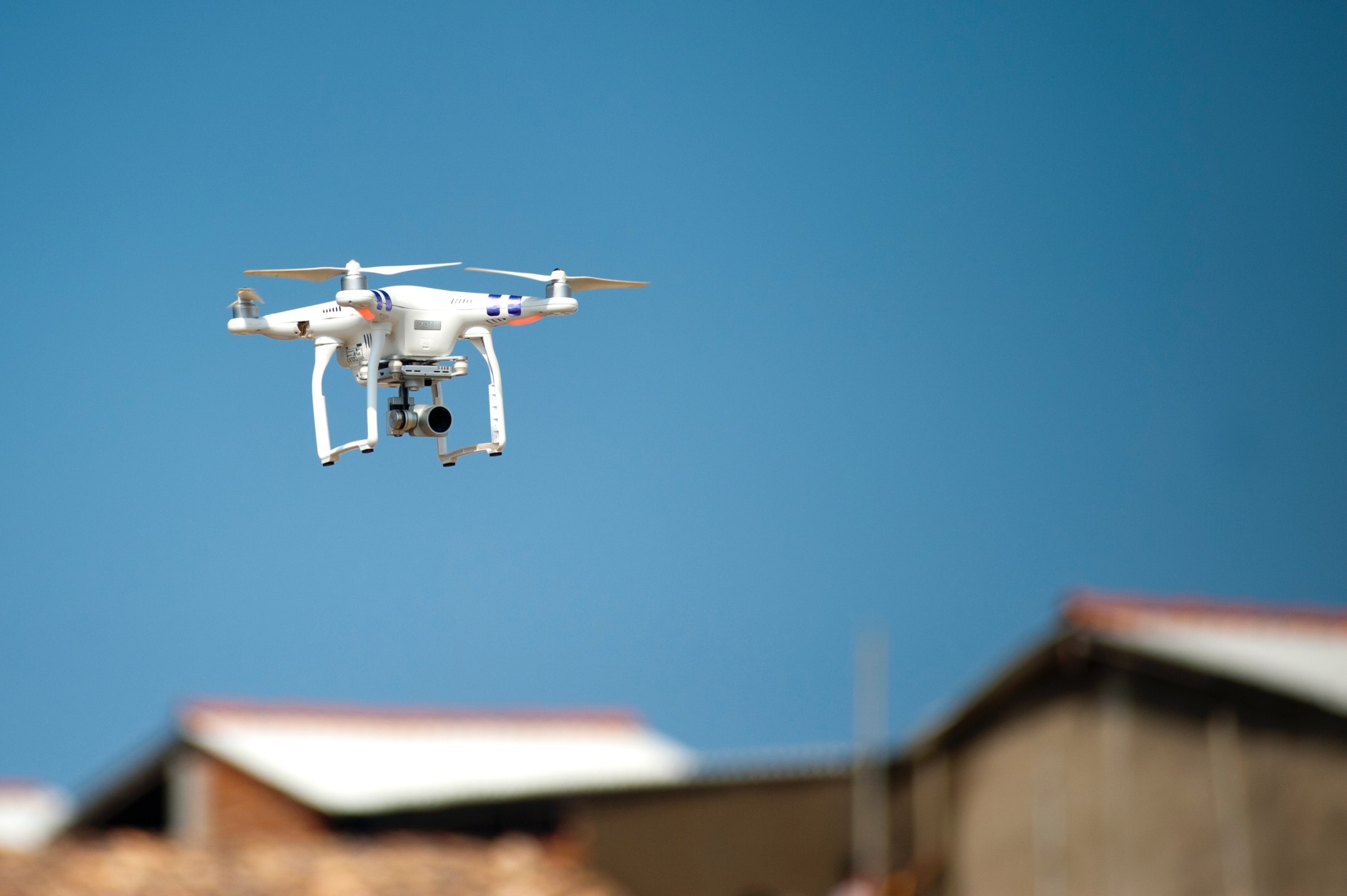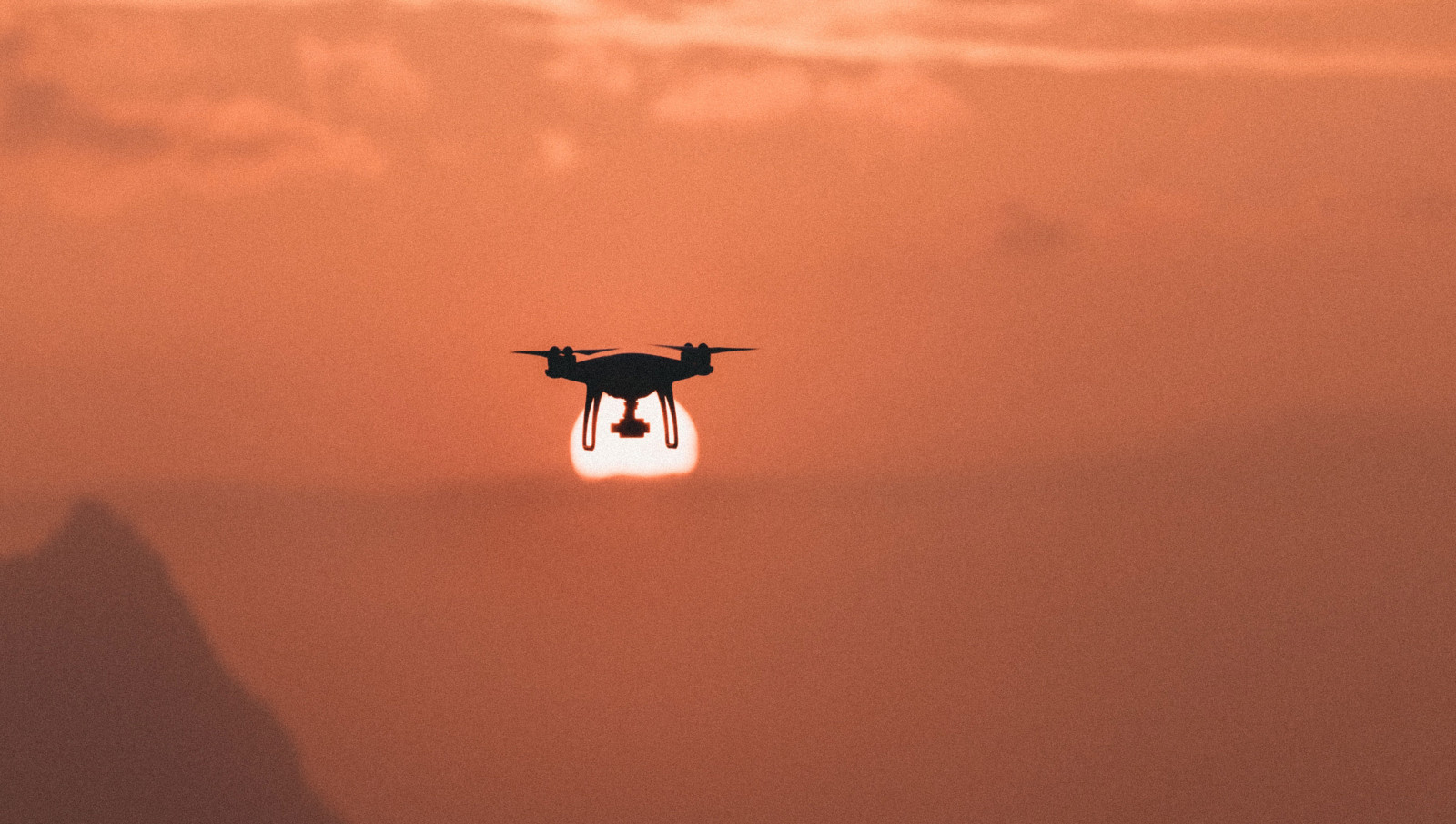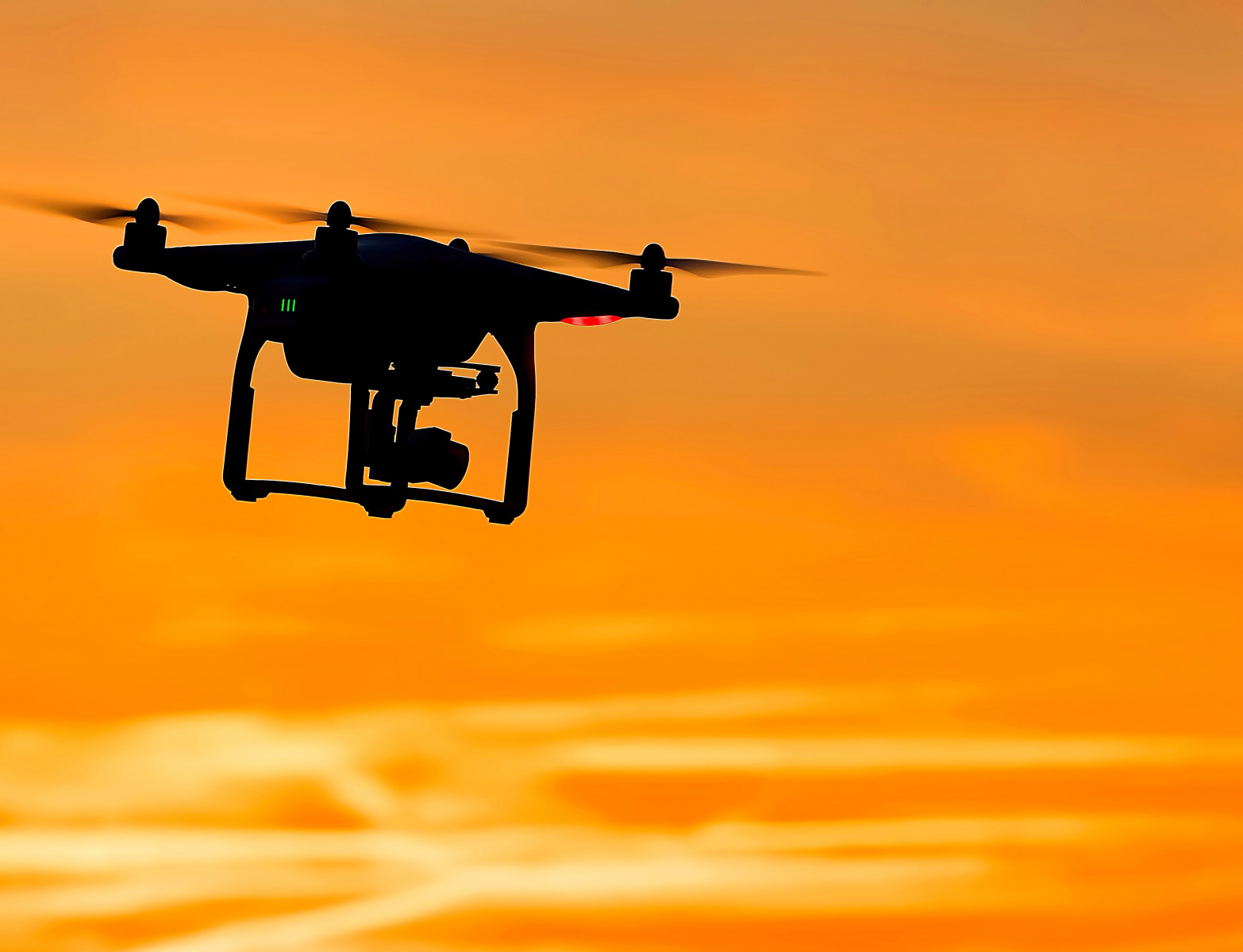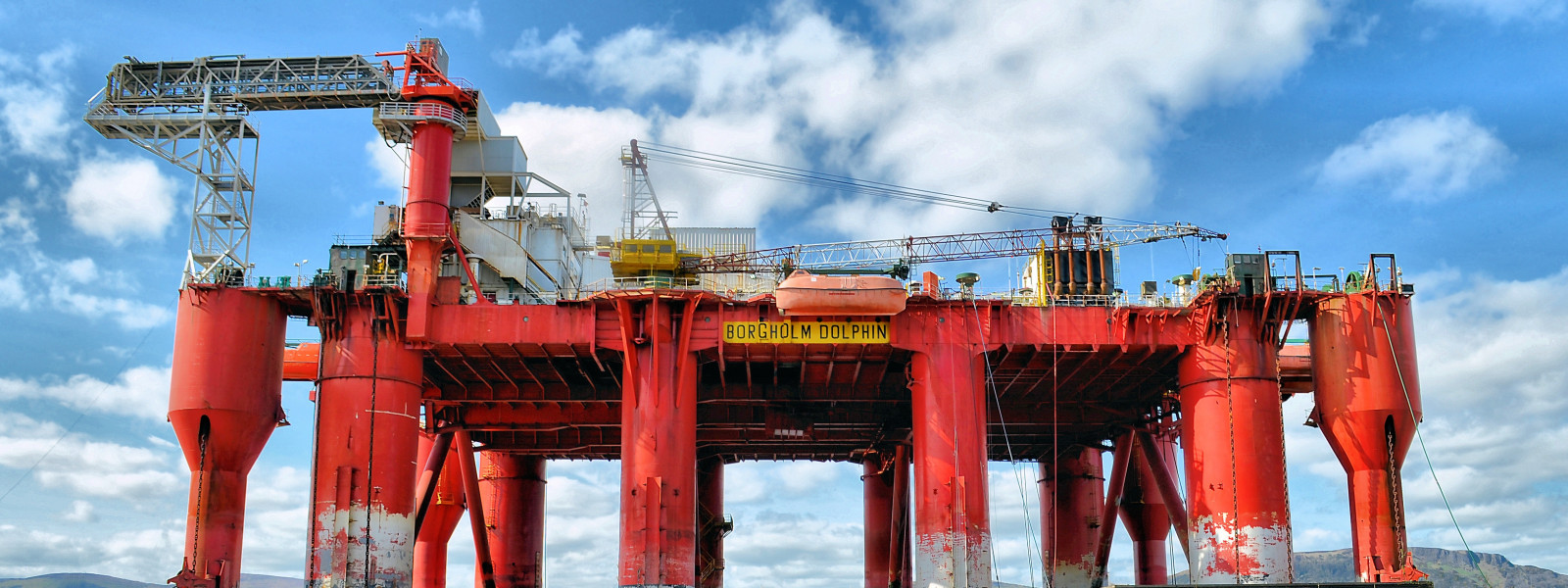How UAVs are Changing the Oil and Gas Industry

As of 2019, UAVs have seen widespread adoption throughout the commercial survey industry. Faster, cheaper, and safer than nearly all other traditional forms of aerial and ground surveying, UAVs are quickly becoming the go-to method for most survey projects.
No industry sees these benefits as clearly as the oil and gas industry. For oil and gas companies, UAVs can significantly reduce risk, improving both the accuracy and the timeliness of surveys and inspections.
UAVs Make Initial Land Surveys and Route Planning Fast and Accurate
UAVs can cover large swathes of land quickly, collecting the data necessary for right-of-way and route planning. As the oil and gas industry grows, it becomes more complex to plan routes that limit environmental impact — while also avoiding any existing pipelines. UAVs can provide a fast, cost-effective solution.

Unlike other types of aerial vehicle, UAVs can safely fly low to the ground, collecting high-resolution scans that provide more accurate data. Accurate data drastically reduces the chances that potential issues or obstructions could be missed, providing the project managers with all the information they need to plan their routes as effectively as possible.
UAVs Provide Detailed 3D Imagery for Comprehensive Analysis and Simulation
Through the 3D imagery provided by UAVs, oil and gas companies can run multiple simulations and scenarios regarding their pipeline builds and their project risk factors. A 3D surveying solution allows investors and decision makers to better visualize the upcoming project and the surrounding areas, while better simulation models can increase regulatory compliance and decrease potential environmental impact.

When working with a surveyor that provides all data in-house, data can also be easily shared among all principal parties. Data will be collected and analyzed swiftly, so that key members of the project are able to quickly review and reference the information that they need. All the information can be stored, synced, and backed up to the cloud, providing easy access without the fear of data loss or corruption.
UAVs Improve Safety for Both Crews and the Environment
Safety is a major priority when it comes to the oil and gas industry. During the initial surveying process, UAVs are far safer than either traditional aerial or ground surveying methods. UAVs don't require a manned crew who could experience injury during a survey; not only can injuries from manned aerial or ground surveying crews be serious, but they can also significantly delay the course of a project.
In addition to improving the safety of employees, UAVs are also able to protect the environment by identifying potential environmental concerns before ground is broken. Pipelines are extensive projects and, if constructed improperly, can have significant impact on the environment. If pipelines aren't placed properly, the results could be disastrous for everyone involved.
UAVs Can Complete Regular Maintenance and Safety Inspections
The role of the UAV doesn't end once the survey has been completed. During a project, UAVs can be used for regular safety inspections, ensuring that the project is on the right track and that everything is going to plan. After the pipeline project has been completed, maintenance drones can be flown frequently in regular inspections to identify any potential issues with the pipeline, such as areas that are about to break down or fall into disrepair.

Many pipelines experience issues related to overgrowth, weather-related damage, or aging. With UAVs, these issues can be detected through aerial surveying, rather than having to rely upon time-consuming safety inspections on the ground.
In the future, a great deal of surveys, inspections, and maintenance will likely be performed by UAVs. UAV technology is only improving, with better maneuverability, speed, and battery power. Together with high-powered sensors, they can create a potent "Internet of Things" network for the management and maintenance of oil and gas companies.
In nearly every area, UAVs are superior to traditional methods of surveying and inspecting oil and gas sites — which is why they are slowly taking over the industry. With UAVs, oil and gas pipelines can be inspected faster and with greater accuracy, ultimately leading to better outcomes.
Thanks for helping to keep our community civil!
This post is an advertisement, or vandalism. It is not useful or relevant to the current topic.
You flagged this as spam. Undo flag.Flag Post


